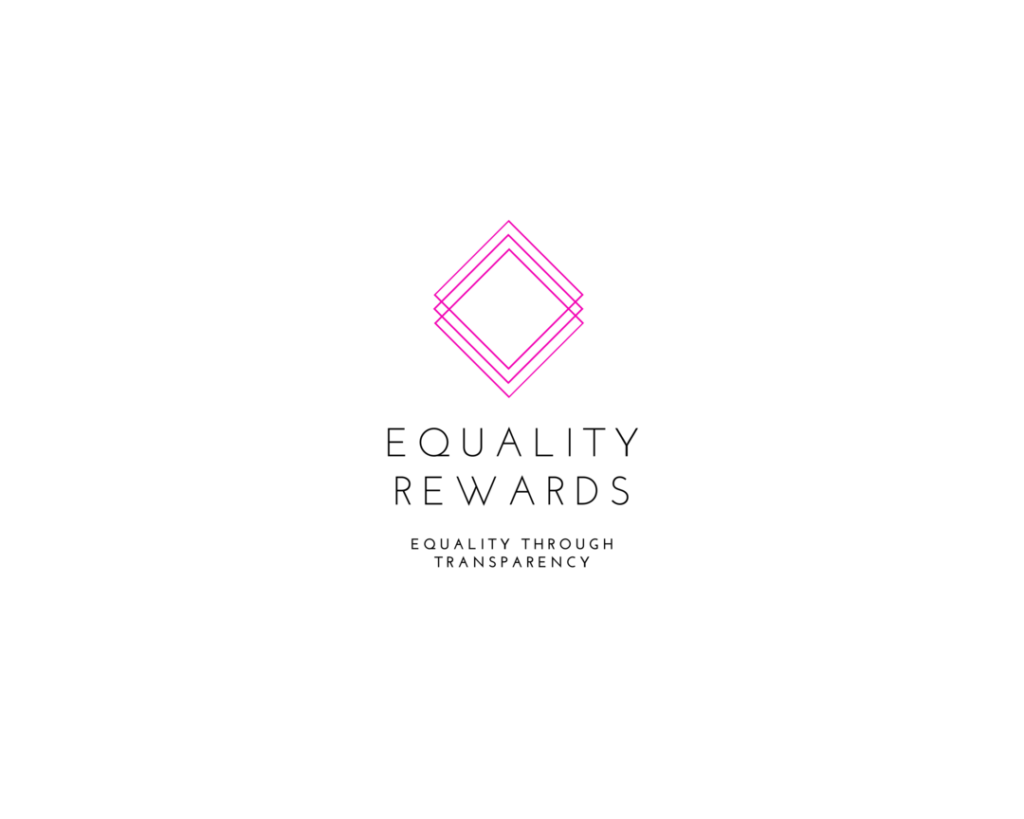Hellofriend is Encouraging Friends to Stay Connected with Social Ordering

DataDay Design is interviewing CEOs and Founders of start-ups and early-stage companies to talk about entrepreneurship, learn how these businesses are navigating the COVID-19 pandemic, and understand how they’re rethinking growth strategy in 2020. This interview is with Salman Habib, CEO & Co-Founder of Hellofriend. Hellofriend is a social ordering app that encourages individuals to […]
Five Deals of the New Year

Who’s ready to move on from 2020? We know we are. This year has presented an array of incredible challenges to businesses- the transition to working from home, quarantine, PPP loans, and more. 2021 brings hope of better days. It appears we are moving into the end stages of the pandemic. Many people took their […]
Guest Feature: Five Easy Ways to Transform Your Branded Videos

This guest feature was written by Lorenzo Benitez. He is a producer of content featured by Fortune 500 brands, broadcasted on national television and viewed by millions online. He believes in the power of images to change the world. There is the signal, and the noise. The goal is to cut through the noise to […]
EdTech VC Edovate Capital Is Investing in K-12 Education

DataDay Design is interviewing CEOs and Founders of start-ups and early-stage companies to discuss entrepreneurship and learn how these businesses are navigating the COVID-19 pandemic. We are pleased to have the opportunity to interview Graham Forman, Founder and Managing Director of Edovate Capital. Edovate is an EdTech VC firm that invests in impact-oriented seed-stage start-ups […]
Equality Rewards is Enabling Consumers to Discover LGBTQ-Friendly Brands

DataDay Design is interviewing CEOs and Founders of start-ups and early-stage companies to talk about entrepreneurship, learn how these businesses are navigating the COVID-19 pandemic, and understand how they’re rethinking growth strategy in 2020. This interview is with Justin Ayars, Founder of Equality Rewards, and EqualityMD. Equality Rewards is empowering consumers to discover LGBTQ-friendly brands. […]
Automatic Irrigation System SEED Controls Water Distribution On the Farm and in the Kitchen

DataDay Design is interviewing CEOs and Founders of start-ups and early-stage companies to chat about entrepreneurship and learn how these businesses are navigating the COVID-19 pandemic. This interview is with Sabrina Williams, co-founder, and CEO of SEED, a Bluetooth-operated automatic irrigation system that both gives farmers the ability to control water distribution for outdoor farming […]
Fundraising CRM Humanitru is Changing How Nonprofits Raise Money

DataDay Design is interviewing CEOs and Founders of start-ups and early-stage companies to chat about entrepreneurship and learn how these businesses are navigating the COVID-19 pandemic. This interview is with Alan Wei, CEO, and co-founder of Humanitru, a custom fundraising CRM, uniquely designed for the needs of non-profit organizations, helping them to develop and streamline […]
Water Management System Wellntel Grows as America Notices Its Resources

DataDay Design is interviewing CEOs and Founders of start-ups and early-stage companies to chat about entrepreneurship and learn how these businesses are navigating the COVID-19 pandemic. This interview is with Marian Singer, CEO, and co-founder of Wellntel, a cloud-based water management and information system that helps customers quantify and sustainably control their water resources. You […]
The Craft of Brewing: Subtle yet Simple

The craft of brewing to ferment beer is widely regarded as the oldest known recipe in the world. Ancient Egyptians were the first to document the brewing process on papyrus scrolls. But what exactly is craft brewing? Specifically, it refers to a brewery that focuses on producing a few quality beers rather than mass-producing a […]
Understanding the Hourglass Marketing Funnel
One of the quintessential parts of the sales journey is the marketing funnel. A marketing funnel breaks down and describes your customer’s journey with you from the early moments when they first learn about your business, through the purchasing stage and beyond. It is designed to improve both your ability to attract and to convert […]